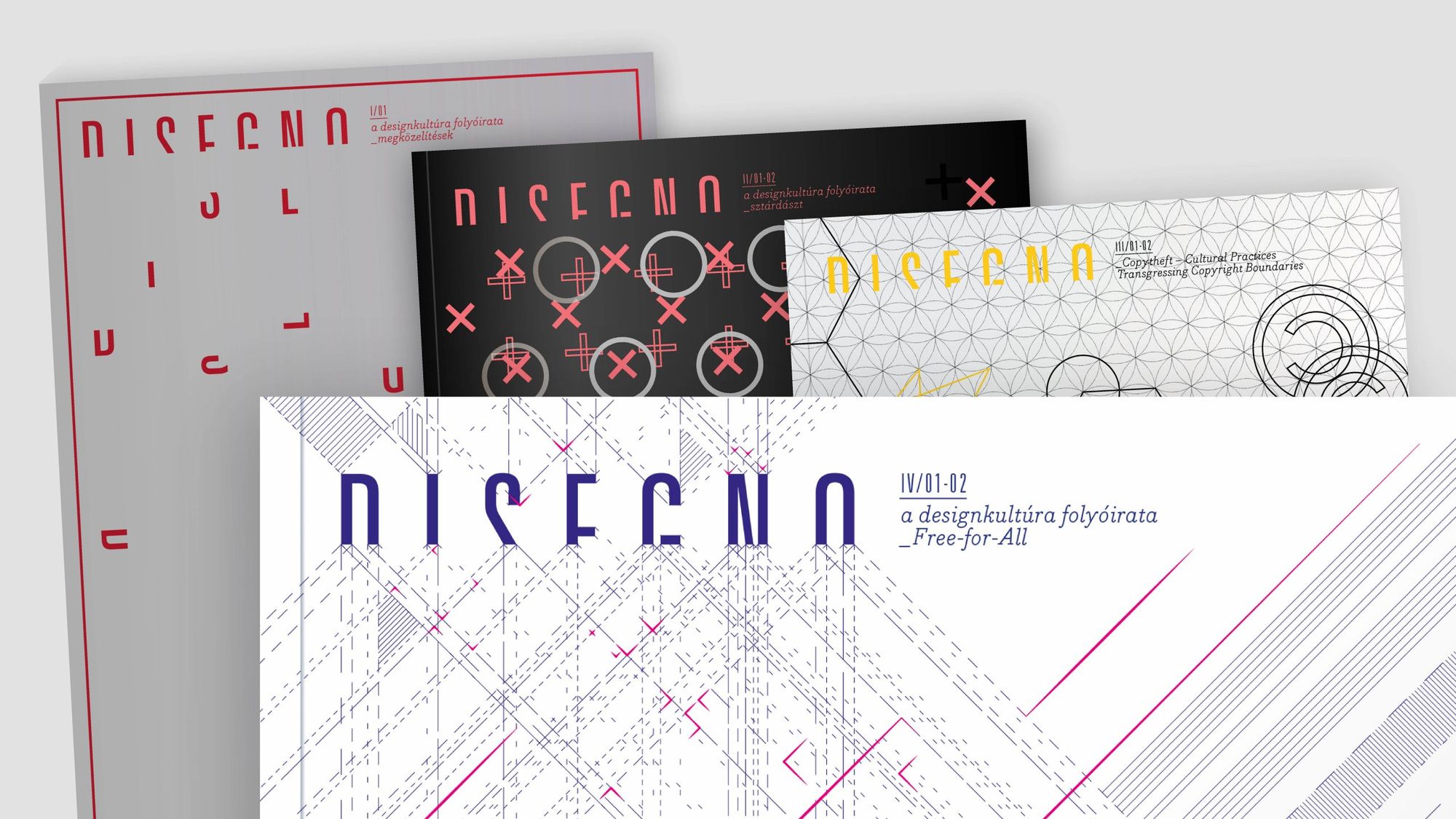Robotic man, post-Socialist urban design, the relationship between religion and design, contemporary exhibition practices and several other fascinating topics shaping our design culture: after a few years’ hiatus, Disegno is back, to the greatest joy of design theorists. The latest issue was published under the name Free-for-All.
The first issue of the journal was published in 2014, and was followed by three additional issues. Disegno was created with the purpose of making the relevant discourses or products of the design culture available with the highest possible scientific standard, in a completely freely accessible format.
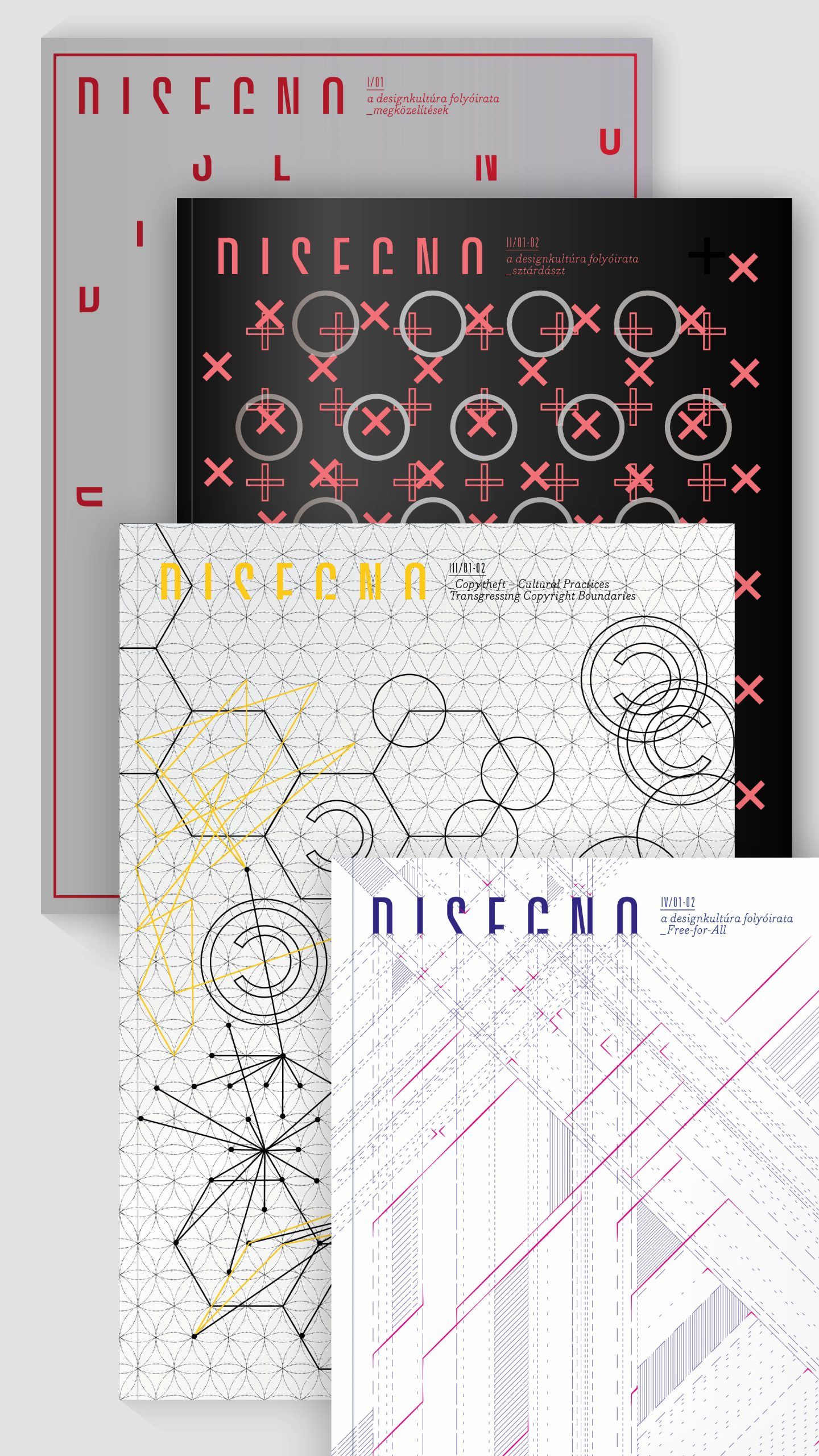
“We thought and still think that the professional pursuit of design is encumbered by its popularity exactly, or its tabloid nature, if you like. The discipline of design culture claims that we should not think of design in line with classic art history traditions, which means it is not about the history of objects, designers and styles. We are not interested in how design manifests in the various worlds of life, rather in how it creates these worlds. Therefore, we think about design as the dynamic, world-creating interplay of discourses, practices and products” – explained Disegno editors Zsolt Gyenge and Márton Szentpéteri.
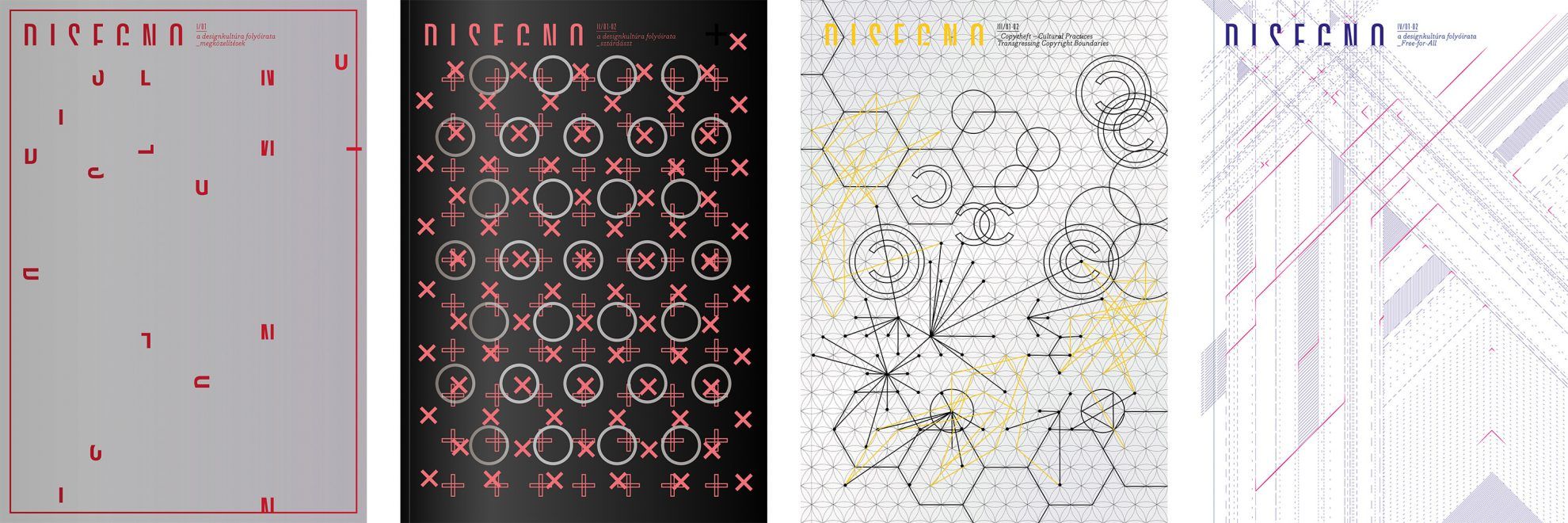
The concept of the editors is well mirrored by the diversity of the topics examined in the Free-for-All issue. Compared to the previous ones, the latest issue deals with a lot more subjects, and includes topics including whether there exists a museum that is democratic and inclusive on all areas; whether we can talk about human-oriented design in an era when the boundaries between man and machine become more blurred by the day; or the link between identity and urban design in the case of post-Socialist cities – to mention only a few examples.
It is also important to note that in addition to the Hungarian versions, as certain Disegno issues are also available in English. “We publish Hungarian and English issues alternately, the aim of which is to present the iconic authors and discourse establishing texts of international literature in Hungary, too, on the one hand, to allow the magazine to be interpreted in international discourse slowly but steadily, on the other hand, and also to provide an opportunity to Hungarian and Eastern European researchers to publish local topics in English, too” – highlighted the editors of Disegno.
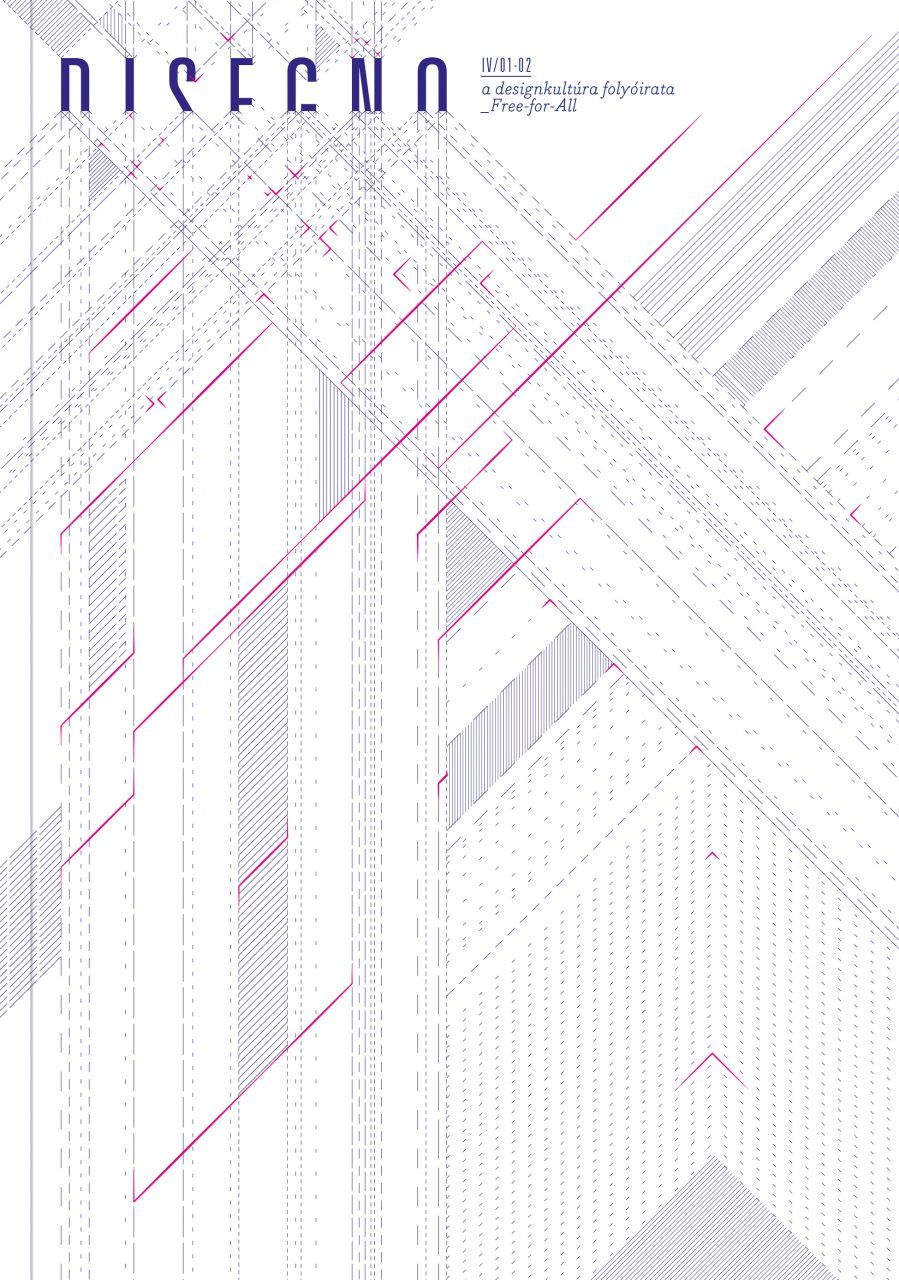
Another attraction of the latest issue is that readers can see the material experiments of Ejtech on its pages – we already published an interview on the works of the artist duo, which you can read here.
This time, we don’t have to wait for the next issue for too long, either. It is planned to be released next spring, with the theoretic examination of the heritage of László Moholy-Nagy in its focus.
You can browse the exciting topics of Disegno’s Free-for-All issue here, and you can download the entire issue in PDF format on this link.
The members of the editorial committee: Victor Margolin, Jessica Hemmings
Editors: Zsolt Gyenge, Olivér Horváth, Márton Szentpéteri
Founding editor: Heni Fiáth
Visual identity: Borka Skrapits
Project manager: Péter Wunderlich
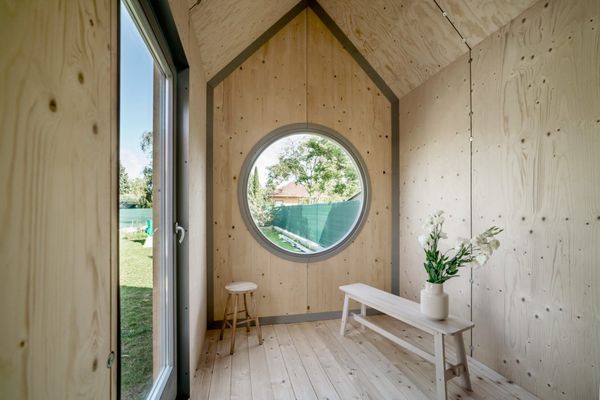
Design cabin, for an affordable price | Meet Hello Wood Kabinka!
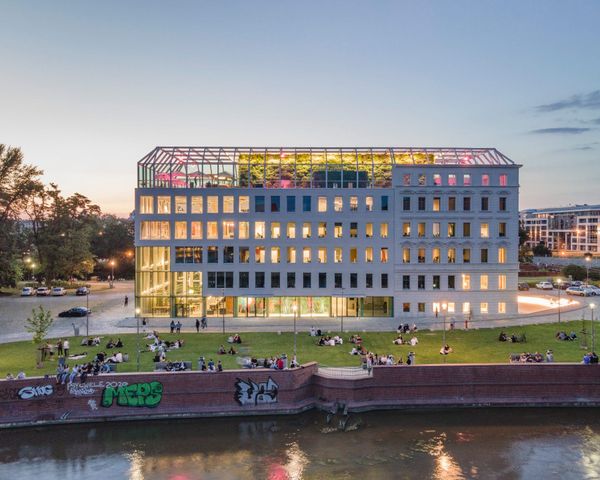
MVRDV designs Wrocław’s latest creative hub










